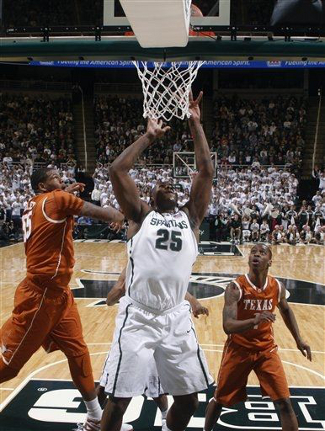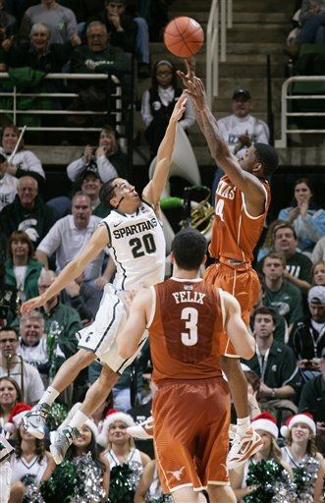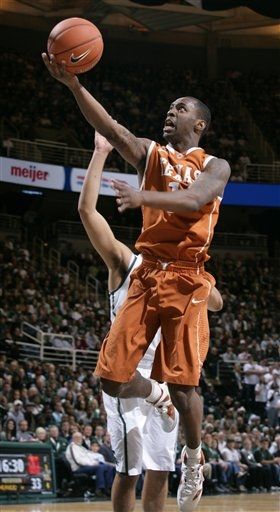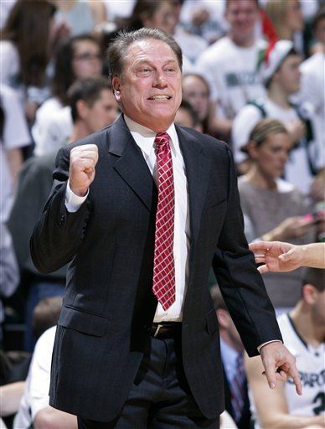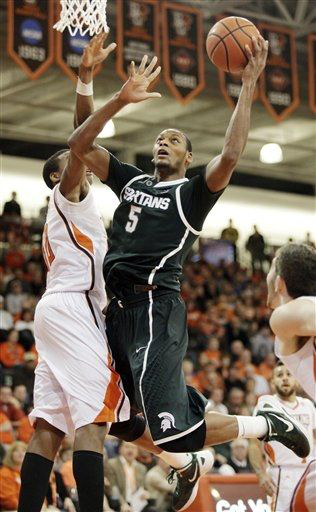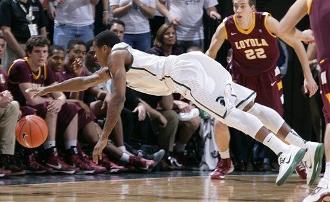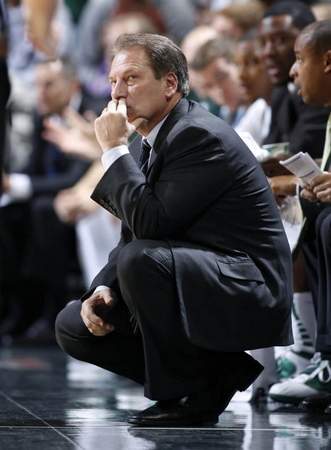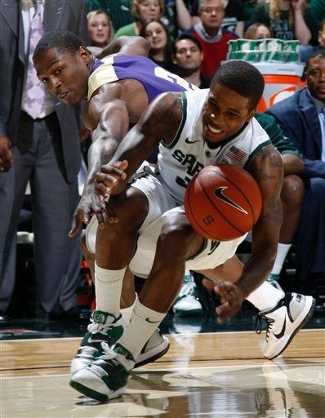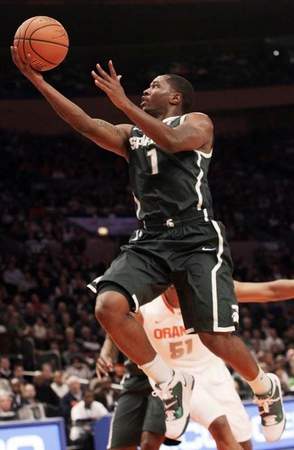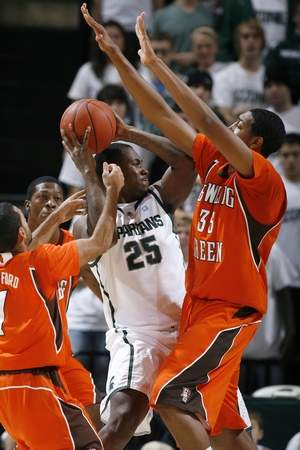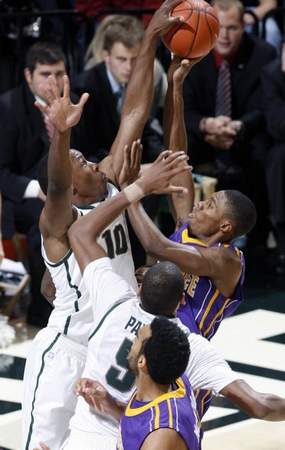Frank Erwin Center | Austin, TX | Tip: 3 P.M. CT | TV: CBS The Texas Longhorns shattered pre-season expectations when they ran out to a 9-1 start this season. Even with that stellar start, there were still doubts about how the team would perform when facing quality competition. The young team needed comebacks to earn many of their early-season victories against mid-major foes, and they melted down in the final minutes of a road game against Temple before stealing victory on a last-second three by Javan Felix. Wednesday night, the Longhorns fired a warning shot to the doubters and the rest of the Big 12, pushing North Carolina around in their own house to earn a quality road upset. The win didn’t answer all questions, however. North Carolina has been up-and-down all season, and their 24-for-47 mark at the line played a massive role in Texas’ win. Meanwhile, the Longhorns again had to cling to their lead in the final minutes, once again giving up a comfortable advantage, as they had done in Philadelphia. This afternoon, Texas gets another chance to send a strong message when it hosts Michigan State at the Erwin Center. The Spartans have only one blemish on their record, a home loss to those North Carolina Tar Heels that Texas knocked off just days ago. The Spartans came out flat in that one, letting Carolina set the tone physically. A valiant first-half comeback leveled things at the break, but as the team battled through a slew of injuries, the Heels pulled away in the second half. Those injuries have been a theme for Michigan State over the last few weeks. Big man Matt Costello (No. 10) has been fighting mononucleosis and has missed the last two games. Although he was already dealing with the illness and missed the start against North Carolina, Costello still made a major impact with his effort and hustle in 17 minutes on the court. Point guard Keith Appling (No. 11) injured his hip just before half against the Tar Heels, coming down hard after he went up to block a shot. He has not missed any games due to the injury, but Coach Tom Izzo limited him to just 27 minutes in an easy, blowout win over North Florida on Tuesday. Two guard Gary Harris (No. 14) has been plagued by an ankle injury, which he aggravated in the loss to UNC. Harris had missed the prior game against Mount St. Mary’s and then turned it while trying to drive the lane against Carolina. He has been held out of the last two games, but is expected to be back in the starting lineup this afternoon. Numbers to know The Spartans have a Top 50 offense according to Pomeroy’s adjusted offensive efficiency metric, and unselfishness is a big reason why. Michigan State scores a raw 1.13 points per possession, and the team logs an assist on nearly 65% of its baskets, which ranks them ninth in Division I. The Spartans shoot the ball well and don’t turn it over, which makes up for the fact that their offensive rebounding numbers are very average for an Izzo team. MSU reclaims just 31.1% of their missed shots, but make more than 37% of their tries from behind the arc and nearly 54% inside it. Although the Spartans aren’t extending possessions, they oftentimes don’t even need a second shot. Their miserly turnover rate of 15.8% also keeps wasted possessions to a minimum. On the other end of the floor, Michigan State has the seventh-best defense in the country when ranked by adjusted efficiency. The Spartans hold opponents to just 0.92 adjusted points per possession, but most impressively, they do it without fouling. Michigan State’s defensive free-throw rate of 32.2% is ranked 38th in Division I, yet they still have an 11% steal rate than ranks in the Top 50. They challenge shots and force bad looks, and they do sound work on the defensive glass, limiting opponents to reclaiming only 27.8% of their offensive-rebounding opportunities. Players to watch Every player who has stayed at Michigan State for four years during Izzo’s tenure has made it to a Final Four, so for senior point guard Appling and senior forward Adreian Payne (No. 5), the goal is clear — Arlington or bust. Appling is the one who makes the Michigan State offense hum with his excellent court vision, and he’s also the trigger man on a very good transition game. Appling immediately looks up after defensive stops to scope out opportunities to push the pace. In the past, the point guard has struggled with turnovers, but he has made improvements in that department each season. This year, his 15.7% turnover rate is at the lowest point in his career, while his assist rate of 27.7% is also a new career high. While he can still try to force questionable three-pointers when the team is struggling, his overall decision-making is solid. Payne, meanwhile, has developed into a stretch forward who is a handful for opposing teams to contain. He now is a consistent threat beyond the arc, making the pick-and-pop a viable play for the Spartans. After taking just three three-point attempts in his first two seasons, Payne knocked down 38.1% of his 42 attempts last season and is on pace for more than 100 attempts this year. Not only did the big man up the volume of his shots this year, but he has also become incredibly deadly, sinking nearly 47% of his tries. That outside threat forces defenders to shadow him to the perimeter, where Payne can also put the ball on the floor and beat other forwards to the rim. That limits his effectiveness on the offensive glass, but his size and instincts make him a vacuum on the other end. Payne’s defensive-rebounding rate of 23.1% ranks him among the top 100 players in D-I. While Harris is expected back from his ankle injury today, his effectiveness will be key for the Spartans. After knocking down more than 41% of his three-point attempts as a freshman, Harris has made just 27.6% this year, and only 25.8% in his last three games. Some of that decrease is surely due to the ankle issues, but it is also a result of opponents now having a year of film on the sophomore. A big part of Harris’ game is being able to shot fake against tight perimeter defense and then blowing by for a wide-open midrange jumper or a layup. Until he can get off the schneid this season, opponents can give him a little space and take away that offensive weapon. Of course, if he’s lacking burst thanks to the ankle problems, opponents would also have the luxury of being able to challenge Harris’ threes and not have to worry about him beating them for open midrange looks. Keys to the game 1) Challenge shooters – North Carolina was able to give Michigan State fits early in their match-up simply by getting pressure on the ball and sticking close to shooters. Texas can easily do the same thing this afternoon, but also must avoid their bad habit of biting on shot fakes. If the Longhorns can stay on the ground and in position while harassing the Spartan shooters, their strong defensive rebounding should lead to quite a few one-shot possessions. 2) Push the tempo – Michigan State’s halfcourt defense is one of the best in the country, which is especially troubling for a Texas team that lacks a true perimeter threat and often stalls out in halfcourt sets. Texas likely will not force many turnovers by the Spartans, so the team has to be looking for opportunities to push the tempo and get easy buckets off of Michigan State misses. 3) Stop the ball in the open court – The Spartans are also going to be looking for opportunities to catch Texas napping, so the Longhorns must have their heads up and be ready to meet Appling beyond the perimeter. It is already going to be tough enough to slow down Michigan State’s offensive attack, so the Horns cannot afford to give up easy points because no one stops the ball. |








